All About Shedding In Puppies
Shedding is a natural process that occurs in almost all dog breeds. It is the normal loss of old or damaged fur to make way for new hair growth. However, shedding can be more excessive in some breeds, especially during certain times of the year.
Puppies, in particular, experience shedding as they grow and develop their adult coats. Shedding not only affects the appearance of your puppy, but it also has an impact on their overall health. Understanding the shedding process in puppies is crucial for every dog owner to ensure proper care and maintenance of their furry friend. In this guide, we will discuss everything you need to know about shedding in puppies, from why it happens to how to manage it.
What Is Shedding?

Shedding, also known as “moulting”, is a natural process that occurs in all dog breeds. It is the shedding of old or damaged fur to make way for new hair growth. This continuous cycle of shedding and regrowth helps maintain a healthy coat for your puppy. Shedding can occur year-round, but it typically increases during seasonal changes, such as when the weather gets warmer or colder.
The amount and frequency of shedding can vary depending on the breed, age, health, and hormonal levels of your puppy. Some breeds are known for their heavy shedding, while others shed very little. Puppies experience a significant amount of shedding as they grow and develop their adult coat, which is typically thicker and more dense than their puppy fur.
Shedding can also be influenced by external factors such as diet, stress, and grooming practices. For instance, a healthy and balanced diet can help reduce excessive shedding in puppies. On the other hand, stress or anxiety can trigger hormonal changes that may lead to more shedding. Grooming plays a vital role in managing shedding as well; regular brushing and proper coat care can help remove loose hair and prevent matting.
Why Does It Happen?
Shedding is a natural and necessary process for your puppy's coat to stay healthy. It is controlled by hormones, specifically the hormone called melatonin. Melatonin levels increase during the winter months, causing hair follicles to enter a resting phase and eventually fall out. As the days get longer and warmer, melatonin levels decrease, triggering new hair growth and shedding of the old coat.
Puppies experience more shedding than adult dogs because they are going through various stages of development. As they grow, their coats change from soft and fluffy puppy fur to denser and coarser adult coats. This process can be influenced by factors such as breed, genetics, nutrition, and grooming habits.
Another reason for excessive shedding in puppies can be due to underlying health issues. Hormonal imbalances, allergies, parasites, and certain diseases can all contribute to increased shedding. If you notice abnormal amounts of shedding or bald patches on your puppy's coat, it is best to consult a veterinarian for proper diagnosis and treatment.
How To Manage Shedding?

Shedding is a natural process that cannot be stopped entirely. However, it can be managed to minimize the impact on your puppy's coat and your home. Here are some ways you can help control shedding in puppies:
- Regular brushing: Brushing your puppy's coat daily or every other day helps remove loose fur, preventing it from ending up all over your house.
- Proper nutrition: A healthy and balanced diet provides your puppy with essential nutrients to maintain a healthy coat. Consult with your veterinarian for the best diet plan for your puppy.
- Bathing and grooming: Regular baths using appropriate shampoos can help remove loose hair, dirt, and debris from your puppy's coat. It is also essential to keep their coat well-groomed to prevent matting, which can increase shedding.
- Supplements: Some supplements, such as omega-3 fatty acids and biotin, have been known to improve coat health and reduce excessive shedding in puppies.
- Consult a veterinarian: If you notice abnormal amounts of shedding or any other concerning symptoms, it is best to consult a veterinarian for proper diagnosis and treatment.
Remember, shedding is a natural process, and it should not be a cause for concern unless it becomes excessive or abnormal. By understanding the shedding process in puppies and implementing proper care and maintenance, you can help keep your puppy's coat healthy and minimize the impact of shedding on your home.
Why Is Proper Coat Care Important?
Proper coat care plays a crucial role in maintaining the overall health of your puppy. Regular brushing and grooming not only help manage shedding but also promote healthy skin and coat. It can also prevent issues such as matting, which can lead to discomfort and even skin infections.
Additionally, proper coat care allows you to keep an eye out for any abnormalities, such as bald patches or redness on the skin, which could be indicative of underlying health issues. Detecting and addressing these issues early on can help prevent them from worsening and causing discomfort to your puppy.
Moreover, grooming sessions provide an opportunity for bonding with your puppy. It allows you to spend quality time with your furry friend while also keeping their coat healthy and free of tangles. It can also be a great way to check for any external parasites, such as fleas or ticks, which can cause health problems if left untreated.
Does Shedding Vary Among Breeds?
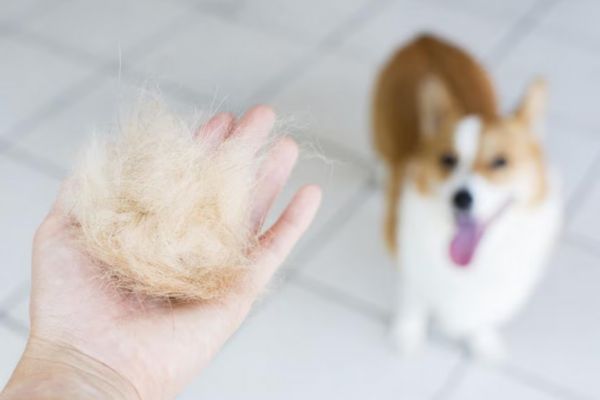
Yes, shedding can vary among dog breeds. Some breeds are known for their heavy shedding, while others shed very little. For example, double-coated breeds such as Golden Retrievers and German Shepherds tend to shed more than single-coated breeds like Poodles or Bichon Frises.
Shedding can also be influenced by the type of coat a breed has. Breeds with longer, thicker fur may shed more than breeds with shorter, thinner fur. Additionally, breeds that were originally bred for colder climates tend to have heavier coats and may experience increased shedding during seasonal changes.
It is essential to research and understand the specific grooming needs of your puppy's breed to correctly manage shedding. Some breeds may require more frequent brushing and grooming to control shedding, while others may need minimal maintenance. Consulting with a professional groomer or veterinarian can also provide valuable insights on how to properly care for your puppy's coat based on their breed.
Can Stress And Anxiety Cause Shedding?
Yes, stress and anxiety can trigger hormonal changes that may lead to excessive shedding in puppies. Just like humans, dogs can experience stress and anxiety due to various factors such as changes in their environment, separation from their owners, or past traumatic experiences.
When a dog is stressed or anxious, it produces cortisol, the stress hormone, which can disrupt the natural shedding cycle. This can result in excessive shedding or even hair loss in certain areas.
To help reduce stress and anxiety in puppies, it is essential to create a safe and comfortable environment for them. This includes providing them with plenty of exercise, mental stimulation, and socialization opportunities. It is also helpful to establish a routine for your puppy and provide them with a designated safe space, such as a crate or bed, where they can retreat when feeling overwhelmed.
In severe cases, consulting with a veterinarian for medication or behavior modification techniques may be necessary to manage stress and anxiety in puppies. Proper care and attention can go a long way in keeping your puppy healthy and minimizing the impact of stress on their coat.
Risks Of Excessive Shedding
Excessive shedding can pose risks to both your puppy's health and your home. If left unmanaged, it can lead to uncomfortable matting, skin infections, and even nutrient deficiencies in puppies.
Moreover, excessive shedding can result in a build-up of fur around the house, which can be a breeding ground for bacteria and parasites. This can potentially lead to health issues for both your puppy and yourself.
Additionally, excessive shedding can also be a sign of underlying health problems such as allergies or hormonal imbalances. These issues require proper diagnosis and treatment from a veterinarian to manage the shedding and prevent further complications.
Therefore, it is important to monitor your puppy's shedding habits and consult with a professional if you notice any abnormal changes. By properly caring for your puppy's coat and addressing shedding issues promptly, you can ensure their overall health and well-being.
Also, regularly cleaning and grooming your home can help minimize the impact of shedding. Vacuuming and dusting frequently can help remove any loose fur from furniture and carpets. Using lint rollers or pet hair removers on clothing can also help manage stray fur.
Should You Consider Hypoallergenic Breeds?

If you or a family member suffer from allergies, it may be worth considering a hypoallergenic breed for your puppy. These breeds have coats that produce less dander, which is the main trigger for allergy symptoms.
However, it is essential to note that no dog breed is truly hypoallergenic as all dogs produce some dander and shed to some extent. So, while hypoallergenic breeds may be more suitable for individuals with allergies, they still require proper coat care and may still cause allergic reactions in sensitive individuals.
Additionally, it is important to research and understand the grooming needs of hypoallergenic breeds before bringing a puppy home. Some breeds may require frequent grooming and trimming to keep their coat in good condition and prevent matting.
It is also important to note that hypoallergenic breeds are not immune to shedding, especially during seasonal changes. Proper grooming techniques, such as regular brushing and bathing, can help manage shedding in these breeds as well.
Tips For Minimizing Shedding
While shedding is a natural process for dogs, there are some tips and techniques that can help minimize it. Regular grooming and brushing sessions can help remove loose fur before it ends up on your furniture or floors. Using high-quality grooming tools suited for your puppy's coat type can also be beneficial.
Additionally, providing your puppy with a healthy and balanced diet can help keep their coat in good condition and minimize excessive shedding. Consult with your veterinarian to ensure your puppy is receiving the proper nutrients for a healthy coat.
Furthermore, keeping your home clean and free of fur can also help reduce the impact of shedding. Regular vacuuming, dusting, and mopping can remove any loose fur that may have accumulated in your home.
If you notice an increase in shedding, it is important to address any underlying health issues or environmental stressors promptly. By taking care of your puppy's overall well-being and providing proper coat maintenance, you can minimize the impact of shedding and keep your puppy healthy and happy.
FAQs
Do Certain Breeds Shed More Than Others?
Yes, some dog breeds are known for shedding more than others due to their coat type and genetics. Breeds such as Labrador Retrievers, German Shepherds, and Golden Retrievers tend to shed more compared to breeds with shorter or non-shedding coats.
Is It Normal For Puppies To Shed Excessively?
In most cases, moderate shedding is normal for puppies as they grow and develop, especially during seasonal changes. However, if you notice excessive shedding or bald patches in your puppy's coat, it may be a sign of an underlying health issue that requires medical attention.
How Often Should I Groom My Puppy?
The frequency of grooming sessions will depend on your puppy's breed and coat type. Generally, long-haired breeds may require more frequent grooming, while shorter-haired breeds may only need occasional brushing. Consult with a professional groomer or veterinarian for specific recommendations for your puppy's coat type.
Conclusion
Proper coat care is essential for keeping your puppy healthy and minimizing the impact of shedding. With a routine grooming schedule, a healthy diet, and prompt attention to any health concerns, you can ensure your puppy's coat stays in top condition.
Additionally, considering hypoallergenic breeds and implementing tips for managing excessive shedding can also make a significant difference. By taking care of your puppy's coat and overall well-being, you can enjoy a happy and healthy relationship with your furry companion. So, always remember to prioritize proper coat care for your puppy to ensure a long and happy life together. Happy grooming!




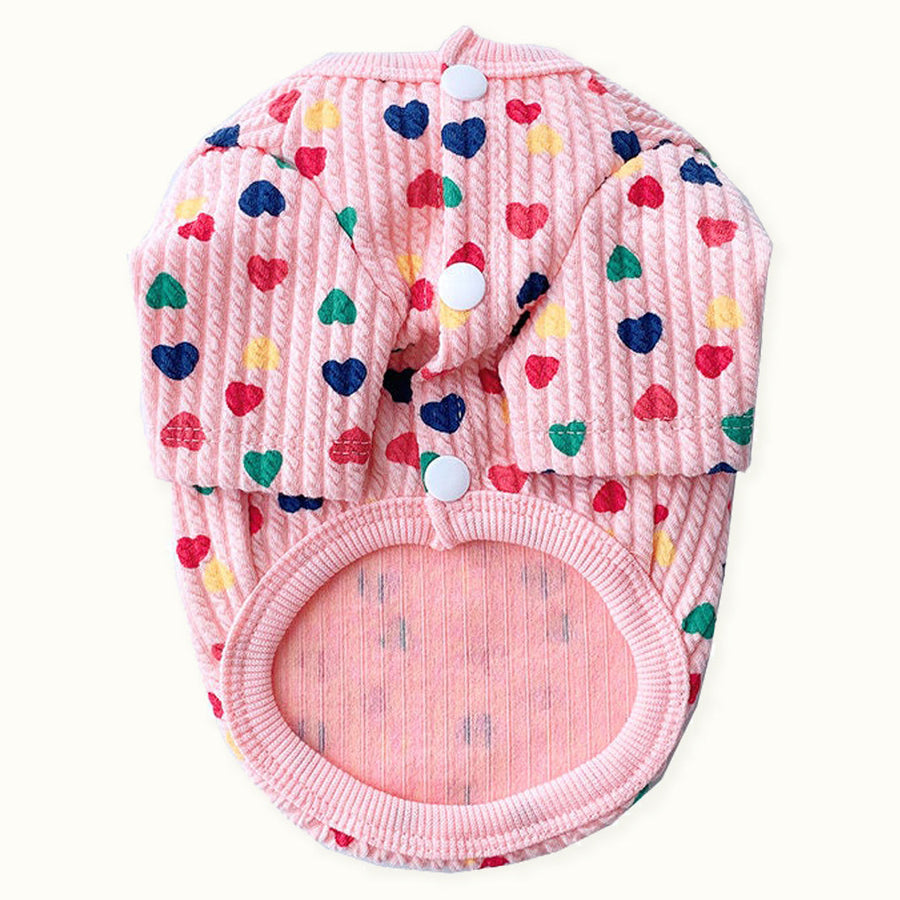
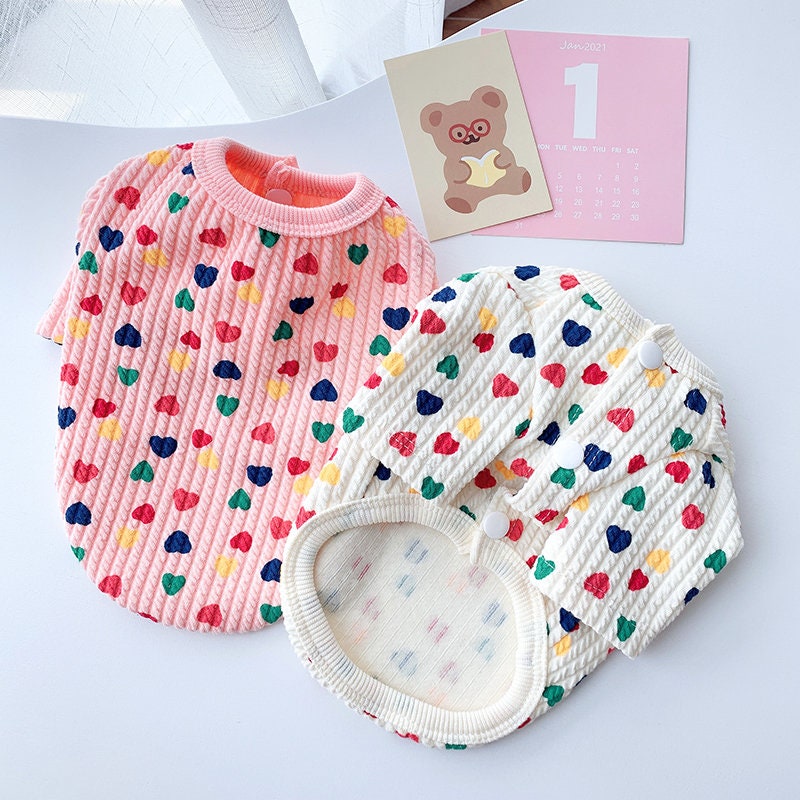
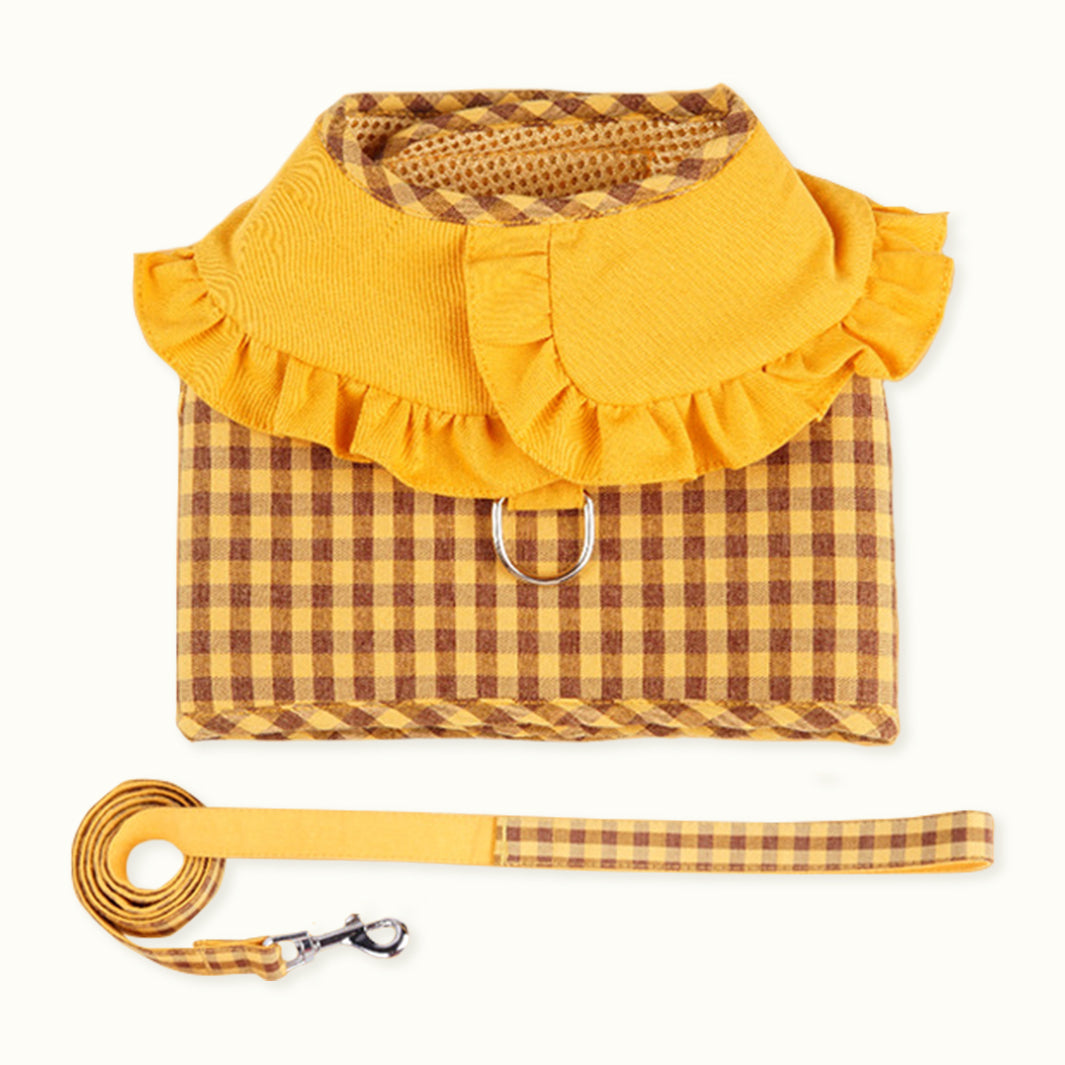


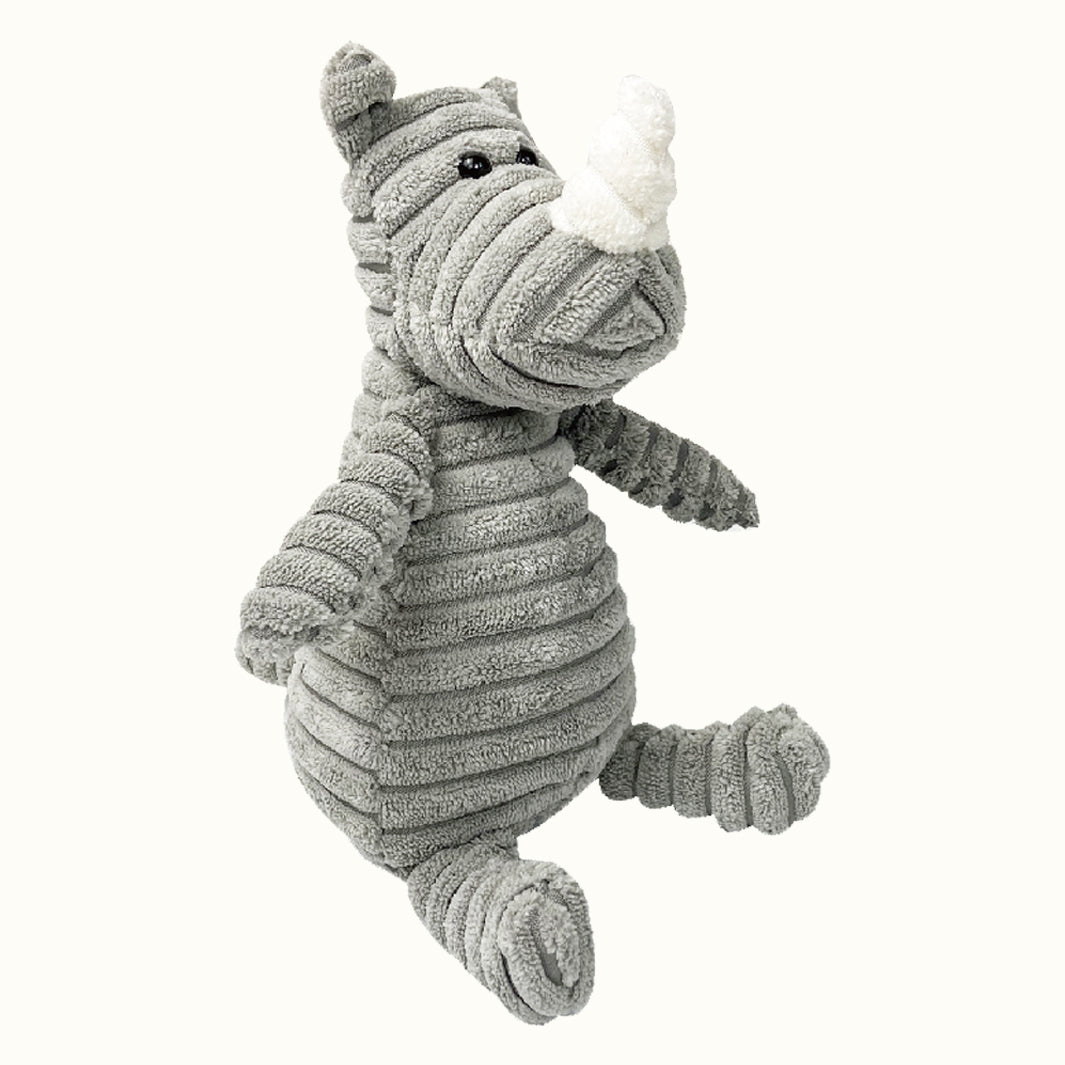


Leave a comment